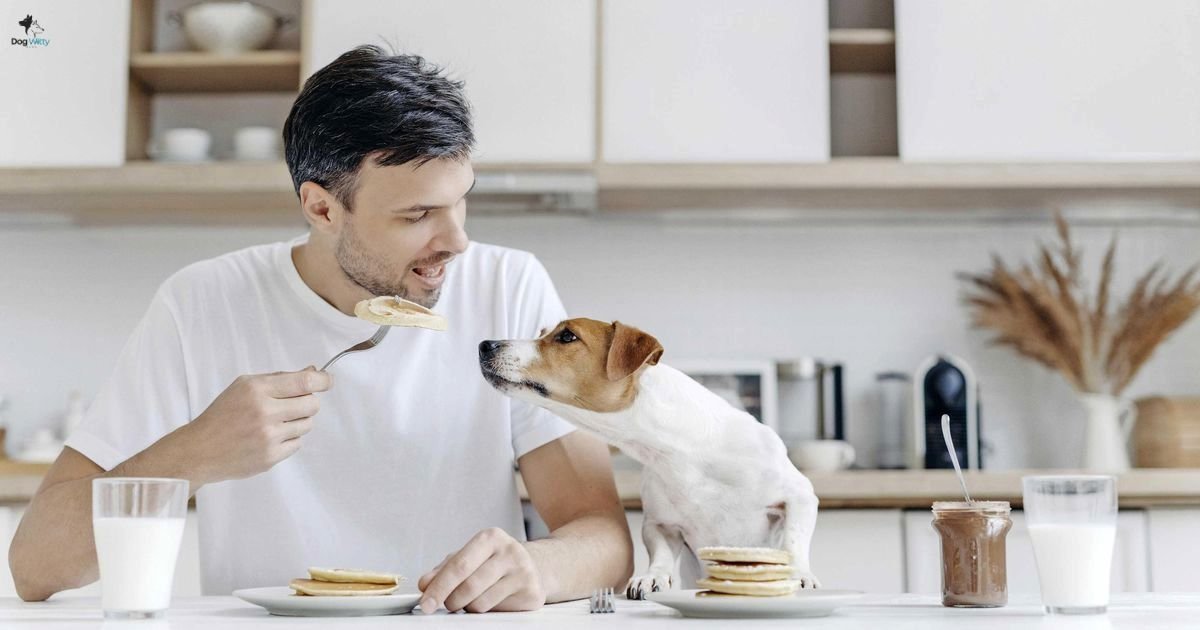Even when your dog is still eating, you may find yourself asking the heartbreaking question: Should I put my dog down if he is still eating? It’s a question no pet owner ever wants to face, yet many do. In the United States, thousands of pet parents confront this decision each year. It’s complex, emotional, and deeply personal. This guide will walk you through how to evaluate your dog’s quality of life, what signs to look for, and how to make the most compassionate choice.
Why Eating Alone Isn’t a Clear Sign of Health
Appetite Can Be Misleading
Just because your dog is eating doesn’t necessarily mean they’re feeling well. Dogs often continue to eat out of habit, or because the act itself brings temporary comfort, even if they’re in pain. This behavior can be misleading, especially for pet parents clinging to any sign of normalcy.
Some illnesses, like certain cancers or organ diseases, don’t affect appetite until very late stages. That’s why relying solely on appetite to determine a dog’s well-being is risky.
“Our dog Buddy ate his kibble the morning we took him to be put down, but he could barely walk and had been crying through the night.” – Real pet owner story
Dogs Hide Pain Instinctively
Dogs have a deep-rooted survival instinct. In the wild, showing weakness made them vulnerable, so many dogs are wired to hide discomfort. This means your dog might be in serious pain, even if they appear to eat normally. Monitoring their eating habits closely is essential — and resources like How Much Should I Feed My Dog? Tips, Charts & More can help ensure you’re meeting their nutritional needs while staying alert to changes in behavior.
Conditions Where Dogs Still Eat While Suffering
Here are examples of conditions where dogs may continue to eat but still experience severe distress:
- Cancer – Especially in early stages or when tumors are internal.
- Arthritis – Chronic pain may not stop them from eating but can severely impact quality of life.
- Kidney failure – Some dogs maintain appetite until very late.
- Cognitive dysfunction – Like dementia in humans, dogs may appear “confused” or “lost,” yet still eat.
Quality of Life: A Better Guide Than Appetite Alone
Use a Quality of Life Scale
Veterinarians often use the HHHHHMM Scale to assess a dog’s well-being:
| Factor | Description |
|---|---|
| Hurt | Is the dog in pain? |
| Hunger | Is the dog eating enough voluntarily? |
| Hydration | Is the dog drinking enough fluids? |
| Hygiene | Can the dog keep themselves clean? |
| Happiness | Does the dog show signs of joy? |
| Mobility | Can the dog move without distress? |
| More good days than bad | Are good days still frequent? |
You can download a free quality-of-life worksheet and update it weekly to help with your decision.
Key Signs to Watch Beyond Eating
Be on the lookout for these signs, which often signal that a dog is no longer enjoying life:
- Whimpering or crying
- Isolation or hiding behavior
- Restlessness or pacing
- Confusion or disorientation
- Refusal to walk or play
- Frequent accidents indoors
The “Good Days vs. Bad Days” Rule
A simple yet powerful way to track well-being is by recording daily behavior patterns. When bad days outweigh the good, it may be time to consider euthanasia. Many pet owners find themselves asking, How do you know when it’s time to put your.dog.down? — a difficult but important question guided by your dog’s quality of life.
Common Misconceptions About Euthanasia Timing
“If He’s Eating, It’s Not Time” – Why That’s Not Always True
It’s a common myth that a dog who’s eating must still be okay. The reality is, many dogs eat until their final day, even when their bodies are shutting down.
Waiting too long can unintentionally cause more suffering. Choosing euthanasia while your dog still has some dignity and peace is often the most humane decision.
The Fear of Giving Up Too Soon
Many pet owners fear that they’re giving up on their pet too early. That’s understandable. But it’s important to remember:
“Euthanasia isn’t about giving up. It’s about choosing love over prolonging pain.” – Veterinarian Dr. Lisa Moses
Case Study:
Toby the Labrador was 14 and still ate daily. However, he had severe hip dysplasia, constant shaking, and could no longer go outside without help. His owners chose euthanasia after he collapsed trying to reach his bed. They later said they wished they’d made the decision sooner, before his final days were full of anxiety.
What Vets Say About When to Put a Dog Down
Euthanasia Isn’t Just About Physical Health
Veterinarians consider your dog’s emotional and behavioral health, not just physical symptoms. A dog who eats but appears scared, anxious, or withdrawn is not thriving.
Questions to Ask Your Veterinarian
- What would you do if this were your own pet?
- Is my dog likely experiencing chronic pain?
- Are there any remaining options for comfort care?
These questions help you align your decision with professional insight.
At-Home vs. In-Clinic Euthanasia
| Method | Pros | Cons |
| At-home | Comfort, privacy, less stress for pet | Availability, cost |
| In-clinic | Access to full medical support | Unfamiliar setting may cause anxiety |
If you choose at-home euthanasia, prepare a calm, familiar space with your dog’s favorite items.
How to Make the Right Decision — Without Regret
Create a Decision Timeline
Mark important dates or behavioral changes. Having a timeline can help reduce panic-based decisions and ensure you act out of love, not guilt.
Involve Loved Ones
Bring your family into the discussion. Children, spouses, and close friends often have valuable observations. Grieve together. Don’t carry this burden alone.
Say Goodbye with Dignity
- Let your dog enjoy their favorite treat
- Choose a favorite spot for the final goodbye
- Speak softly, offer touch, play calming music
Celebration of life ideas:
- Create a photo memory board
- Donate to a local shelter in your dog’s name
- Write a letter to your pet
FAQs About Dogs Eating and Euthanasia
What if my dog is eating but can’t stand or walk?
Mobility is crucial to dignity. If your dog cannot move without pain or assistance, it’s a sign their quality of life has declined, regardless of appetite.
Should I wait until my dog stops eating altogether?
No. Waiting until complete refusal to eat may mean your dog has already entered a stage of distress. It’s better to act before they suffer.
Can I try palliative care first?
Yes, speak to your vet about pain relief, joint support, or anti-anxiety medications. However, palliative care only delays the inevitable, not cures the condition.
Will I know for sure when it’s time?
There may never be perfect certainty. But if you’re asking the question, it’s a sign that it might be time to prepare.
Final Thoughts — Trust Your Gut, But Don’t Go It Alone
Facing the question, “Should I put my dog down if he is still eating?” is never easy. But know this: you are not alone. This decision is made from love, not weakness.
Trust your instincts. Talk to your vet. Lean on others. And above all else, give your dog the gift of a peaceful goodbye, surrounded by love.
“The greatest act of love is knowing when to let go.”











